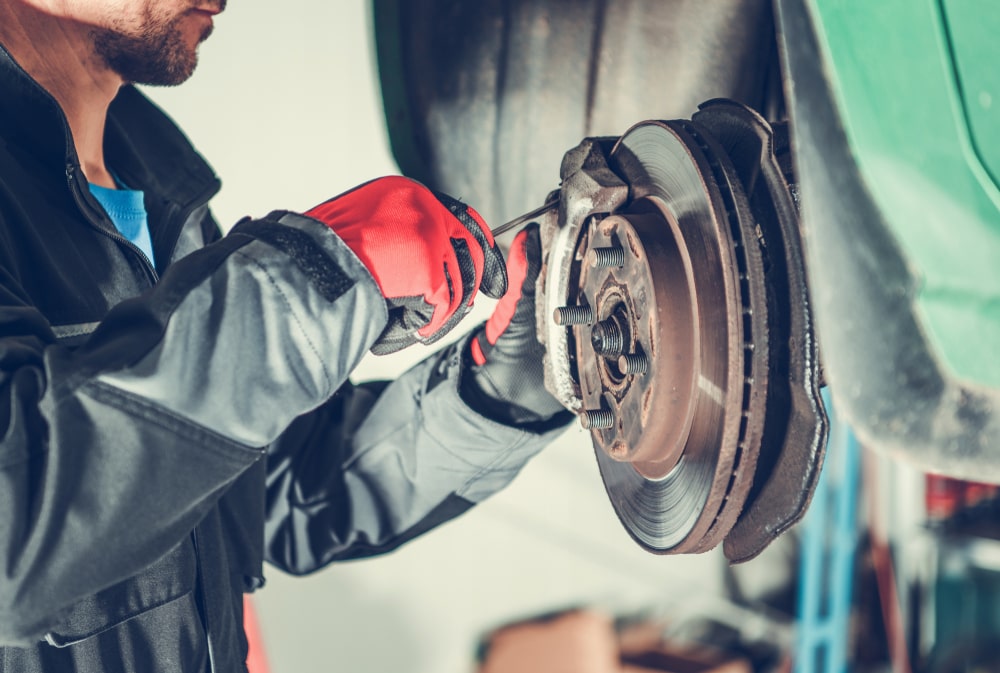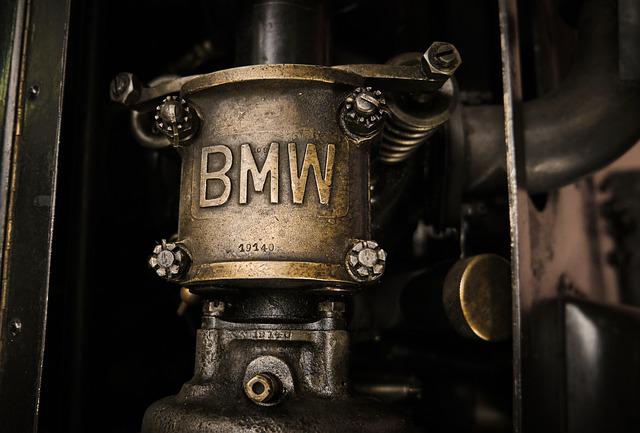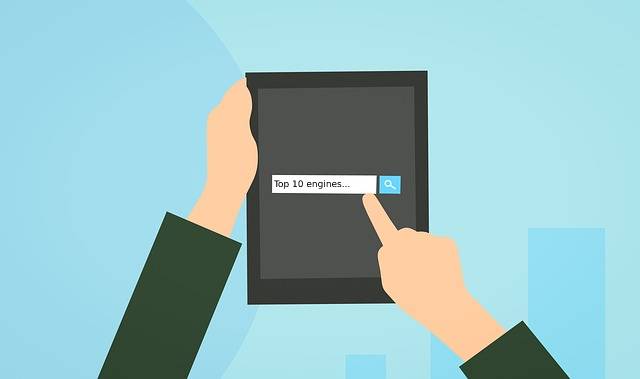A Comprehensive Guide to Understanding Transmissions: Its Different Components
Find Used Engines and Transmissions for a Great Price! Live Assistant For Used Engines Call 1800-518-9776

enabling the transfer of power from the engine to the wheels, allowing your vehicle to move forward. While most people have a general idea of what a car's transmission does, not many know that there are different types of transmissions available, each with unique advantages and disadvantages.
This blog will delve into the world of transmissions, shedding light on the various types and how they function.
Types of Transmission
1. Manual Transmission:
Manual transmissions (also known as a manual gearbox or stick shift) are a type of automotive transmission system that requires the driver to manually engage and disengage the gears. Unlike automatic transmissions, which shift gears automatically, manual transmissions rely on the driver's coordination between the clutch pedal and the gear shifter to control the vehicle's speed and power.
When changing gears, the driver must depress the clutch pedal to disengage the engine from the transmission, select the desired gear using the gear shifter, and then release the clutch pedal to re-engage the engine with the transmission. Manual transmissions provide greater control and a more involved driving experience, making them popular among driving enthusiasts.
Manual transmissions consist of several key components, including the clutch, gear shift lever, and gears. The clutch is used to engage or disengage the engine's power from the transmission.
By pressing the clutch pedal, the driver separates the engine from the gearbox, allowing for gear changes. The gear shift lever is used to select the desired gear, and the gears themselves transmit the engine's power to the wheels at different gear ratios.
| Advantages | Disadvantages |
|---|---|
| Greater control over speed and power | More effort and concentration required |
| Generally more fuel-efficient | Steeper learning curve for new drivers |
| Often cost less to repair | Can be hard to find a manual on higher trim levels |
2. Automatic Transmission:
Automatic transmissions are a type of automotive transmission system that allows for automatic gear shifting without the need for manual intervention from the driver. Unlike manual transmissions, which require the driver to manually engage and disengage gears using a clutch pedal and gear shifter, automatic transmissions use hydraulic systems or electronically controlled technology to shift gears automatically based on the vehicle's speed, load, and engine RPM.
In an automatic transmission, the driver only needs to select the driving mode- such as drive, park or reverse- and control the vehicle's acceleration and braking.
The transmission system handles gear changes smoothly and efficiently, providing a more convenient and comfortable driving experience, especially in heavy traffic or urban settings. Automatic transmissions have become increasingly popular, and many modern vehicles are equipped with this type of transmission.
| Advantages | Disadvantages |
|---|---|
| Easier to operate | Higher maintenance costs for the clutch |
| Better for hilly areas | Less fuel-efficient than manual transmission |
| Smoother and comfortable driving | Reduced driving engagement for enthusiasts |
| Better acceleration | Limited torque capacity |
3. Semi Automatic Transmission:
Semi-automatic transmissions offer a compromise between the convenience of automatic transmissions and the control of manual transmissions, making them appealing to drivers who want the best of both worlds.
Semi-automatic transmissions, also known as automated manual transmissions (AMT) or clutchless manual transmissions, are a hybrid between manual and automatic transmissions. These transmissions combine the convenience of automatic shifting with some degree of manual control over gear selection.
In semi-automatic transmissions, the transmission system is based on a traditional manual transmission, but with the addition of an electronic control, instead of using a clutch pedal, the transmission uses sensors and gear changes automatically. The driver can typically choose between automatic mode, where the transmission shifts gears automatically, or manual mode, where they can manually control gear changes.
| Advantages | Disadvantages |
|---|---|
| Convenience of automatic mode | Potential higher repair costs for electronic components |
| Manual control in manual mode | Gear shifting delays in automatic mode |
| Ideal for high-performance vehicles | Learning curve for manual mode and paddle shifters |
| Better fuel efficiency than Automatic Transmission | Potential reliability issues, especially in older models |
4. Continuously Variable Transmission:
A Continuously Variable Transmission (CVT) is a type of automotive transmission that provides an infinite number of gear ratios between a minimum and maximum value. Unlike traditional automatic or manual transmissions with fixed gear ratios, CVTs use a belt and pulley system or a chain and cone system to seamlessly vary the gear ratio continuously.
In a CVT, the pulleys or cones can adjust their diameter to keep the engine running at the most efficient RPM (Revolutions Per Minute) for any given driving speed. This allows the engine to operate at its optimal power band, resulting in improved fuel efficiency and smoother acceleration.
| Advantages | Disadvantages |
|---|---|
| Reduced risk of engine stalling | Potentially higher repair costs for complex systems |
| Improved fuel efficiency | Less engaging for drivers who prefer gear changes |
| Seamless acceleration | Unusual engine noise under acceleration |
Conclusion
In conclusion, understanding the different types of transmissions is crucial for any car enthusiast or vehicle owner. Each transmission type offers unique advantages and disadvantages, catering to varying preferences and driving styles. Whether it's the engaging control of manual transmissions, the convenience of automatics, the compromise of semi-automatics, or the efficiency of CVTs, the choice ultimately depends on individual preferences and the desired driving experience.
Here at Used Engines Inc, we take pride in offering a wide selection of high-quality used transmissions, encompassing all of these four types. Our goal is to cater to the diverse needs and preferences of our valued customers, providing them with reliable and thoroughly inspected used transmissions that are ready to enhance their vehicle's performance.
related
You May Also Like

Which BMW Has the Most Horsepower?
A car is useless if it doesn’t have good horsepower. Just imagine driving your car with sluggish acceleration and it drags on the road whenever you take it for a spin.
Read Article
10 Best Engines Made So Far By Top Engine Manufacturers
Over the years, the car industry has seen major changes. Car engines have become smarter and it looks like every new engine that rolls out is better than the other.
Read Article
How to Make Your Car Last Forever?
Isn’t it lovely when a new car works the way you want? The gears shift smoothly and the wheels roll without dragging against the road. But as your car gets older, you’ll notice that it doesn’t drive smoothly, has lower fuel mileage, and overheats easily.
Read Article